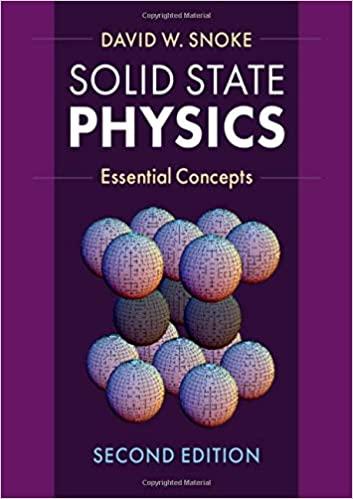Imagine doing a two-slit interference experiment with electrons that go through two separate tubes (with no inelastic
Question:
Imagine doing a “two-slit interference” experiment with electrons that go through two separate tubes (with no inelastic dephasing), as illustrated in Figure 9.23. The source emits wave packets that are well defined in time, so that for a certain period of time, we can say that the wave packet splits are definitely in the tubes. During this time a voltage V1 is applied to tube 1, and a voltage V2 is applied to tube 2. There is no gradient of voltage inside the tubes, so that there is no electric field felt by the electron during this time. The rest of the time there is no voltage on the tubes.
(a) After the electrons leave the ends of the tubes, they create an interference pattern on a screen. Describe how the interference pattern depends on V1 and V2.
(b) If the phase difference between the amplitudes arriving at the screen from the two tubes is Kz, where K = 104 cm−1, by how many centimeters is the diffraction pattern shifted if V1 = 0 and V2 = 10−6 V, and the time of exposure of the wave packet in the tubes to the voltages is Δt = 10−9 s?
Step by Step Answer:






